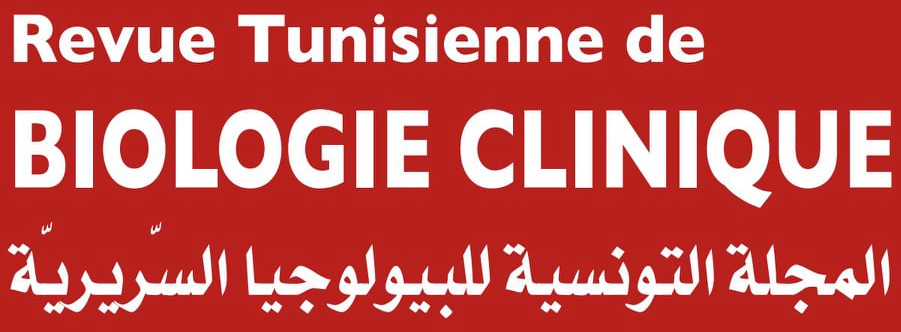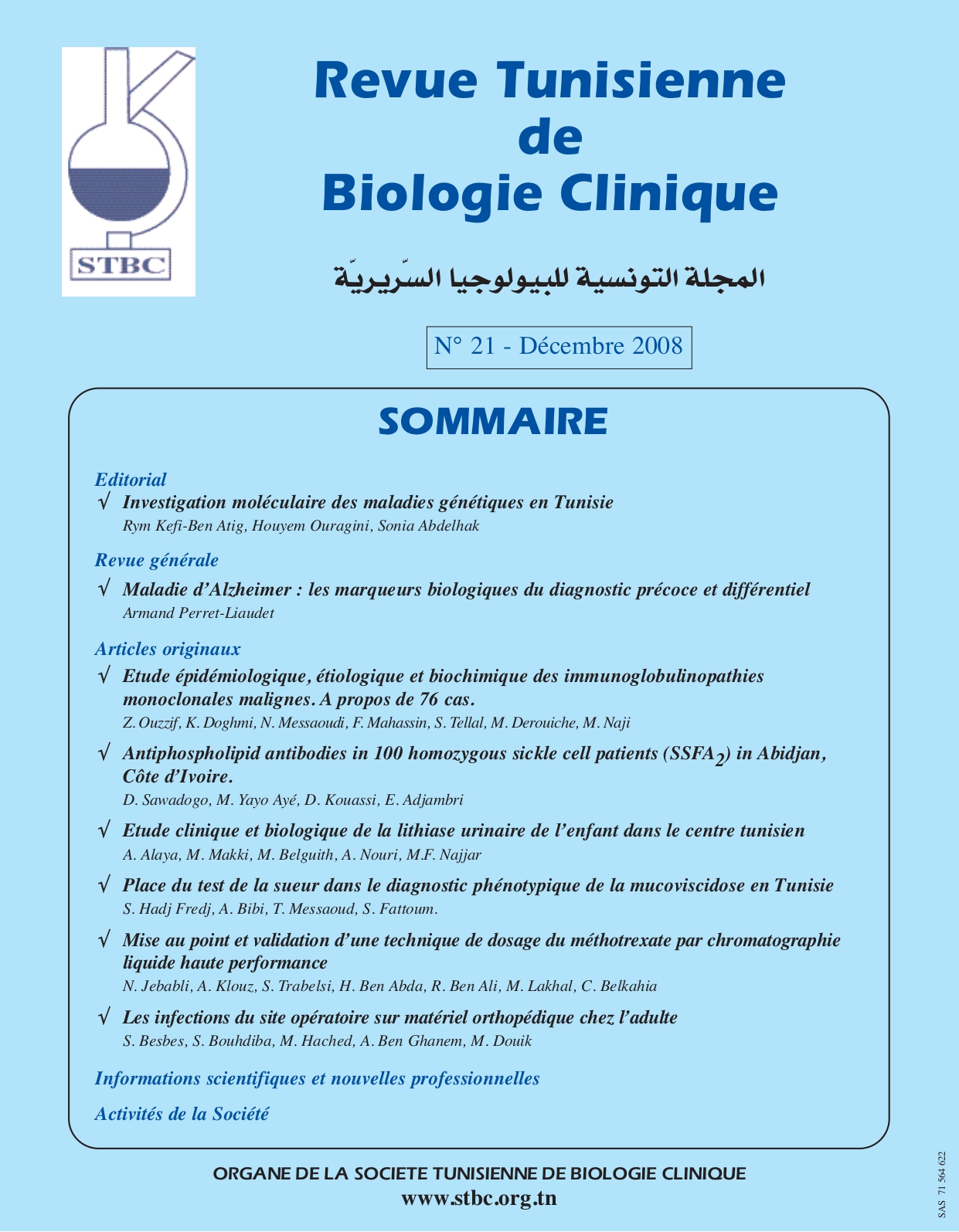Résumé
Structural changes in sickle red cell membranes appear to be the major factor for inducing increased levels for antiphospholipid antibodies. The aim of the study was to identify antiphospholipid antibodies in homozygous sickle cell patients and to investigate the relationship with the clinical status. Antiphospholipid antibodies were investigated in 100 homozygous sickle cell patients and in 50 healthy subjects. Lupus anticoagulants were detected by clotting tests. Total antiphospholipid antibodies including anticardiolipin were determined by a semi quantitative enzyme-linked immunosorbent assay. Positive patients and the controls were analysed for antibodies to deoxyribonucleic acid and rheumatoid factors with a slide latex agglutination test. We did not find antiphospholipid antibodies in the controls. The lupus anticoagulants and total antiphospholipid antibodies frequencies were respectively 9 and 44%. One patient was positive for both. We did not find anti deoxyribonucleic acid antibodies in antiphospholipid antibodies positive patients. None of the lupus anticoagulants patients was positive for rheumatoid factors. In 9/44 (20.4%) total antiphospholipid antibodies patients, rheumatoid factors were positive with a mean value of 40 UI/ml. Antiphospholipid antibodies were not related to the clinical status at the time samples were drawn and may be a part of a wider autoimmune disorder.

Ce travail est disponible sous la licence Creative Commons Attribution 4.0 International .
(c) Tous droits réservés D. SAWADOGO, M. YAYO AYÉ, D. KOUASSI, E. ADJAMBRI 2024

